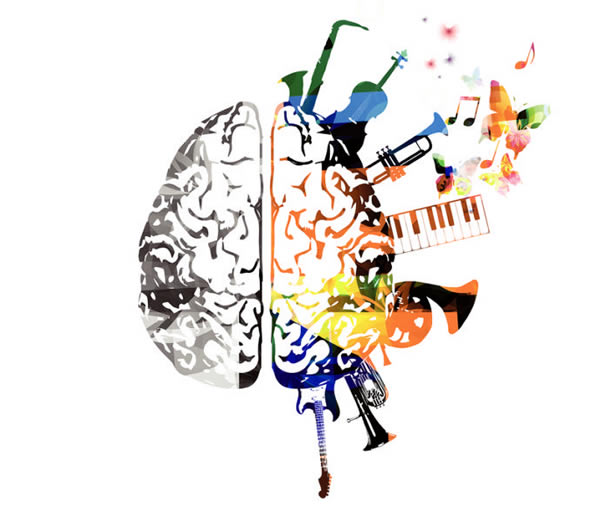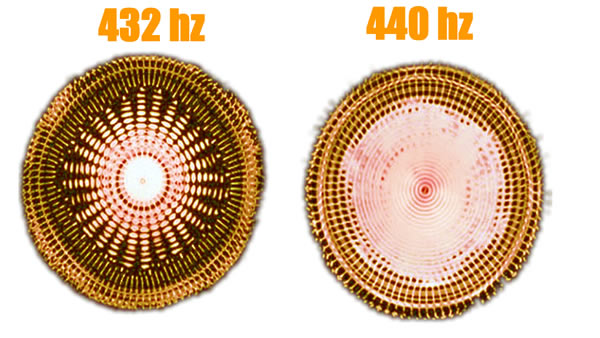Music is an excellent choice for elevating your mood. Music therapy serves as a form of treatment since it has beneficial properties for the treatment of ailments and delivers health benefits. There are numerous therapies that can assist us in achieving equilibrium and improving diverse health conditions in a straightforward and natural manner. In particular, learning about music therapy teaches us how to benefit from the healing properties of the harmonic sound that is so wonderful to hear. Learn about music therapy in this article, including its benefits and how to practice it at home.

What exactly is music therapy, and how does it help?
Music therapy is the application of music for therapeutic reasons, including the utilization of sounds, rhythms, melodies, and harmonies, among other things. It is performed individually or in groups by licensed music therapists who have a variety of purposes, including but not limited to
- Encourage effective communication.
- Learning should be made more convenient.
- Improve your ability to express yourself
According to the Association of Medicine Students for Projects and Exchanges of Ecuador, music therapy has a wide range of diverse applications, including the following:
- Getting your voice back after a brain injury
- People suffering from Parkinson’s disease can have their motor function improved.
- Reduce the consequences of dementia in the older population.
- Improve communication skills in children with autism spectrum disorders (ASD).
- Reduce the number of asthma attacks in children and adults by lowering their levels of worry.
- Pain and anxiety in hospitalized patients can be reduced.
- Patients with Alzheimer’s disease can benefit from an improved memory.
We can reap the benefits of music therapy at home, even though it is carried out under the supervision of trained specialists.
The frequency 432 Hz

The majority of the music we listen to nowadays has a frequency of 440 hertz (hertz) or higher. The frequency of 432 Hz was always present until just over half a century ago, indicating that the frequency had not always been the same as it is now. Following examinations that, according to certain ideas, could have been conducted during the Nazi dictatorship, the International Organization for Standardization (ISO) advocated for this adjustment in 1953.
Whatever the reason for this shift in the standard frequency of music, the fact remains that at 432 Hz, there was a sense of harmony with the sounds of nature, each of which has its own vibratory frequency. Its effect on human behavior, health, and conscience can also be altered by modifying it. The good news is that there is a tiny quantity of music at 432 Hz currently available, owing to the efforts of artists and composers who are advocating for the return of this ancient frequency for the benefit of our health.
What kind of music are we looking for?
We all have different tastes in music, and what we consider the most is quite subjective. If, on the other hand, the goal is to relax and find inner equilibrium, we might turn to classical music and seek out specific works or composers.
Studies such as the one conducted by the author JS Jenkins have looked into the effects of listening to works by classical composers such as Mozart, and the results have been positive. This substance, according to the findings of these investigations, may be able to control the nervous system’s function and aid in the treatment of illnesses such as depression, sleeplessness, stress, or even epilepsy. Other excellent musicians who come highly recommended are as follows:
- Bethoven.
- Schubert.
- Chopin.
- Vivaldi.
- Brahms.
- Listz.
- Handel.

What causes it to work?
When we listen to music by these authors for a short period of time each day, it has a profoundly favorable effect on our emotions, which are associated with sickness when they are negative and repeated. As a result, the more sensitive a person is, the more quickly they will be able to determine how much this therapy benefits them.
In response to the vibrations of this form of music, the happy feelings that are evoked cause the production of chemical components that are beneficial to the correct functioning of our bodies as a whole. Surprising results on glandular secretions, circulation, blood pressure, mood, and other factors could be obtained in this manner, among other things.
The short-term result is a sense of calm and well-being that we can enjoy. However, in the long run, we can alleviate the symptoms of many minor disorders and even some of the signs and symptoms of chronic diseases.
Music therapy at home
From the comfort of our own homes, we can enter the fascinating and delightful world of music therapy. The benefits of this strategy will become apparent as we begin to practice it on a consistent basis, and we will find in music a safe haven from any anxiety or discomfort.

How to achieve it?
We will select a musical work or composition by one of the classical composers who have been recommended to us. We will select the most appropriate time and location, both of which should help to the relaxation of the body and the mind, respectively. During the audition, we will strive to keep our thoughts to a minimum and focus solely on our breathing and the wonderful sensations we are experiencing in our bodies. To conduct this:
- We need to take several long and deep breaths.
- Ten to fifteen minutes should be allotted for the session.
- As soon as that is completed, we will begin to move slowly, attempting to keep the sensations for as long as possible while avoiding any abrupt movements.
Have you ever considered trying music therapy? What were your thoughts afterward? Spend some time letting go of your problems and immersing yourself in a world of harmonies and tranquility to relieve your stress.
